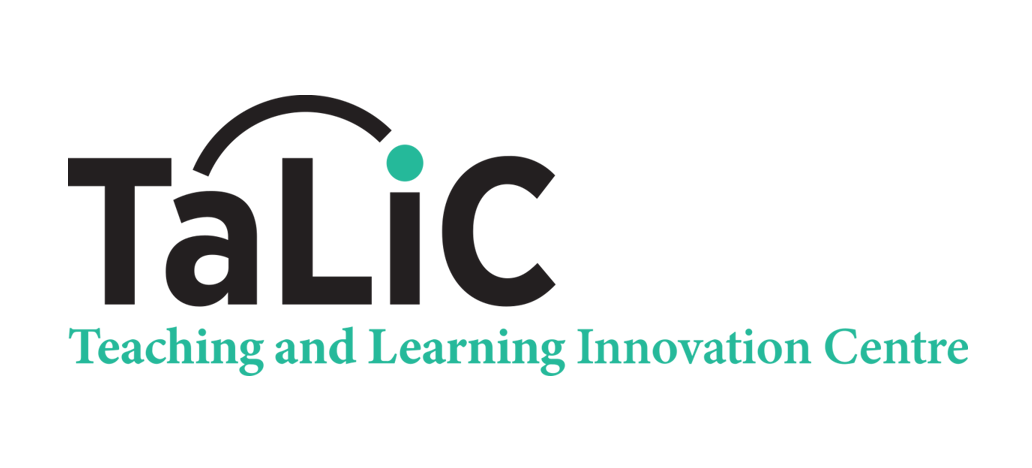Benefits
Here is a list of benefits of Peer Review of Teaching (PRT) gathered from the literature (e.g. Chism, 2007; Cutroni & Paladino, 2023; Kasztalska, 2021; Zeng, 2020):
Encourages continuous professional development
Peer review of teaching is a valuable source of feedback through which teachers can gain insights into their own teaching practice, identify areas for improvement and enhance their pedagogical knowledge and instructional skills (e.g. communication skills, ability to manage learning activities). PRT is also beneficial to the reviewers as they may be exposed to new teaching approaches when observing others and may pick up good, successful practices along the way.Provide evidence of teaching effectiveness
Observation report/notes and personal reflection from formative PRT can form part of teachers’ documentation of their journey in teaching enhancement and innovation, which can be used to enhance their teaching portfolio and complement student evaluation of teaching.Promote a culture of collegiality for improvement
A robust system of PRT can help promote teaching as a collaborative process situated in a community of practice, where teachers can openly discuss about teaching, exchange ideas, learn from each other’s strengths and weaknesses, and work together to improve their teaching practices.Promote better understanding of teaching excellence within disciplinary context
Although we can easily obtain a general list of characteristics of a good teacher or effective teaching from the literature, they may be understood and displayed differently in different disciplinary context. Dialogue among teachers, which is an integral part of PRT, can help to clarify the definition of teaching excellence within a discipline.Quality assurance
PRT can be used to ensure accountability by providing documentation that course objectives are attained, and instructional standards are maintained. In some cases, feedback from PRT can facilitate the review of instructional approaches, learning activities, and assessment methods within a curriculum, informing decision making on curriculum reform or enhancement.





